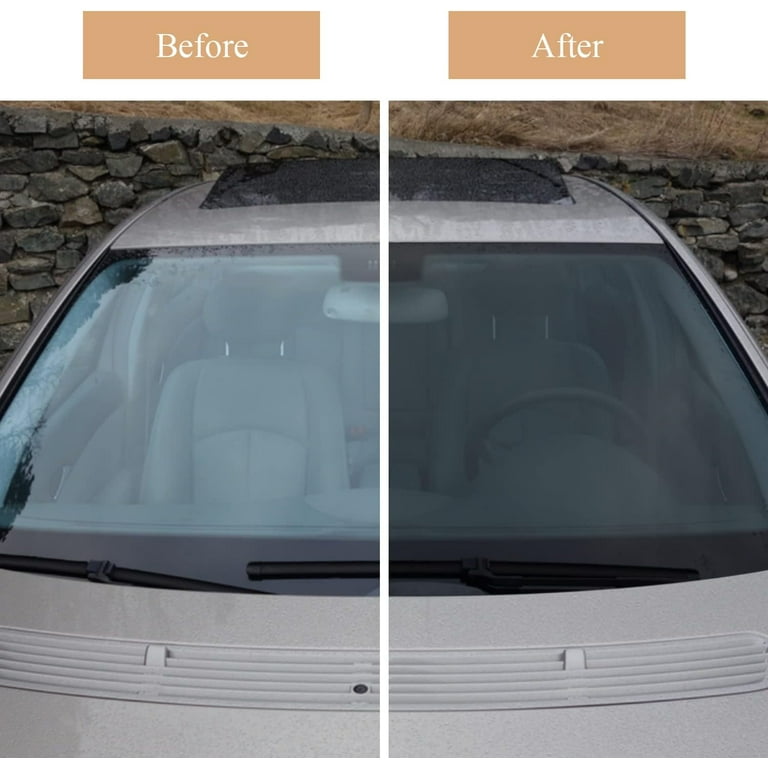Car Window Tinting for Improved Protection and Reduced Burglaries
Car Window Tinting for Improved Protection and Reduced Burglaries
Blog Article
Window Tinting Rules and Standards: What You Required to Know Prior To Tinting Your Car
Before waging window tinting for your car, it is important to acquaint yourself with the varied regulations and guidelines that regulate this method throughout different states. These guidelines determine the permissible levels of color darkness, usually determined by noticeable light transmission (VLT) percentages, and consist of details terms for front windshields focused on making certain road safety. In addition, particular territories may use medical exemptions for people with certifying problems. Comprehending these intricacies can conserve you from potential legal ramifications, yet what are the certain rules in your state?
Summary of Home Window Tinting Laws
Home window tinting laws are frequently based on variant throughout various jurisdictions, mirroring regional laws and safety factors to consider. These regulations dictate the acceptable degrees of color darkness and reflectiveness on automobile home windows, making sure that drivers keep appropriate visibility while additionally safeguarding versus damaging UV rays and warmth.
A lot of laws identify home window tinting based upon the Visible Light Transmission (VLT) percentage, which suggests the amount of light that can go through the window. Usually, lower VLT portions represent darker tints. Legislations commonly set apart in between the front, side, and back windows, with stricter restrictions put on the front windscreen to enhance safety and security for both the chauffeur and other road users.
Additionally, some territories impose constraints on the reflectivity of the tint, preventing extreme glare that could harm exposure. Exemptions to these laws might exist for individuals with certain clinical conditions needing added sun defense. Conformity with home window tinting guidelines is important, as infractions can lead to fines, required elimination of the tint, and prospective increases in insurance policy costs. Therefore, it is necessary for car owners to acquaint themselves with neighborhood laws prior to proceeding with home window tinting installments.
State-by-State Tint Rules
Comprehending the details home window tinting regulations in each state is crucial for lorry owners looking for to adhere to the legislation. Each state in the united state has actually developed its very own set of guidelines governing window tinting, which can differ dramatically. These policies usually determine the allowable levels of tint darkness, the kinds of windows that can be tinted, and any kind of clinical exceptions that may apply.
For instance, states like California have rigid limitations on color darkness for front home windows, while others, such as New Mexico, might permit darker tints. Furthermore, particular states mandate certain visibility portions for numerous home windows, including the windshield, front side windows, and rear windows. It is essential for cars and truck owners to acquaint themselves with their state's regulations to stay clear of possible fines or charges.
Moreover, some states may need an accreditation sticker to be positioned on tinted home windows, suggesting conformity with state legislations. Failure to adhere to these policies not just risks lawful repercussions yet can also influence security and exposure while driving. Consequently, vehicle proprietors should carry out comprehensive research or seek advice from regional authorities to guarantee full understanding and compliance with state-by-state color regulations.
Allowed Color Degrees and Kinds
Lots of vehicle proprietors might be surprised to learn that allowed color degrees and types differ extensively throughout different states. Each state has actually developed its own regulations relating to the allowable darkness and reflectivity of window tint, frequently determined by Visible Light Transmission (VLT) percentages. VLT refers to the quantity of light that can travel through the tinted home windows; therefore, a reduced directory portion shows a darker color.

Moreover, the kinds of color materials enabled can differ, with some states prohibiting metallic or mirror-like coatings. It is essential for car proprietors to acquaint themselves with their state's specific laws to make sure conformity. Non-compliance can lead to fines, necessary removal of the color, or various other legal effects, making it essential to recognize these guidelines before continuing with installment.
Medical Exceptions for Tinting
While not all states supply allocations for clinical exceptions pertaining to window tinting, those that do acknowledge the requirement for certain people to enhance visibility and convenience because of clinical problems. Various medical conditions, such as lupus, skin cancer, and particular eye disorders, can make individuals specifically delicate to sunshine. As a result, these people may need darker tints to safeguard themselves from unsafe UV rays and glow.

It is important to keep in mind that despite having a medical exemption, there might still be constraints on the level of tint permitted. Conformity with state laws ensures that people are both protected and within lawful limits. Those taking into consideration medical exemptions need to call their neighborhood Department of Electric motor Vehicles or comparable authority check these guys out to recognize the requirements and procedures required to request an exemption successfully.
Charges for Non-Compliance
Stopping working to abide by home window tinting legislations can bring about substantial penalties, which vary by state. Regulation enforcement agencies are equipped to release citations for vehicles that do not follow the defined tinting regulations. These penalties normally consist of fines, which can range from small amounts to several hundred dollars, relying on the extent of the violation and the state concerned.
In some jurisdictions, duplicated offenses may cause escalating penalties or additional fines, such as required court looks. In addition, non-compliance might necessitate the removal of illegal tinting, frequently at the owner's expenditure. In extreme situations, regular offenders might deal with suspension of their vehicle enrollment till compliance is accomplished.
Furthermore, insurance policy ramifications may occur from obtaining multiple citations for home window color infractions. Insurers may view such violations as an indicator of riskier behavior, possibly resulting in raised costs or trouble in protection.
To prevent these penalties, it is crucial for car owners to acquaint themselves with their regional window tinting laws and guarantee that their car complies (Window Tinting). This aggressive strategy not only stays clear of lawful ramifications but additionally promotes road safety
Verdict

Most regulations identify window tinting based on the Visible Light Transmission (VLT) percent, which indicates the amount of light that can pass via the home window. Compliance with window tinting guidelines is important, as violations can result in fines, obligatory removal of the tint, and prospective increases in insurance coverage costs.Understanding the certain home window tinting policies in each state is essential for car proprietors seeking to abide with the legislation. These regulations frequently dictate the allowed levels of color darkness, the kinds of windows that can be tinted, and any type of medical exemptions that may apply.
For circumstances, states like The golden state have stringent restrictions on color darkness for front home windows, while others, such as New Mexico, may allow darker tints.
Report this page